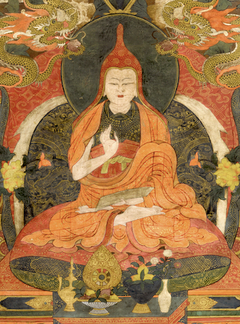Mipham Rinpoche Series
English (131) | Deutsch (22) | Español (24) | Français (58) | Português (20) | Italiano (9) | Nederlands (4) | 中文 (27) | བོད་ཡིག (131)
Texts by and about the great Nyingma polymath Jamgön Mipham Namgyal Gyatso (mi pham rnam rgyal rgya mtsho, 1846-1912), arguably the most influential Tibetan scholar of recent times:
